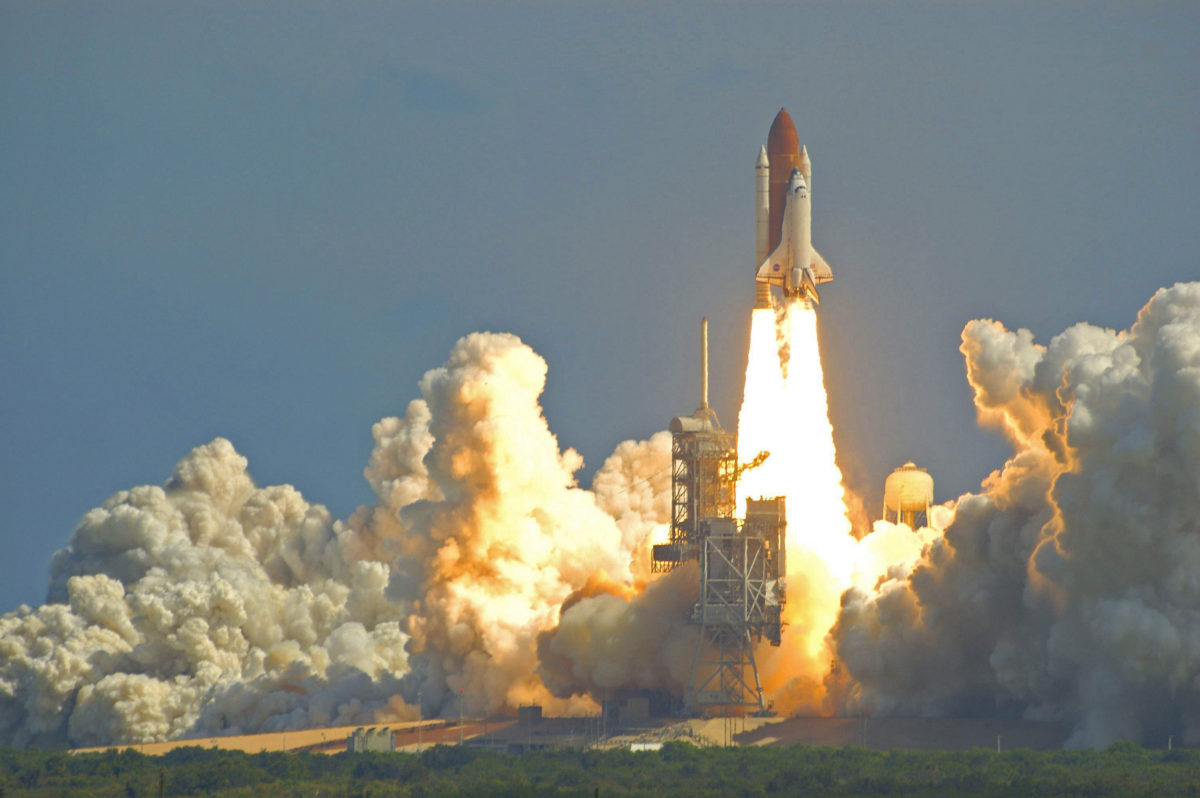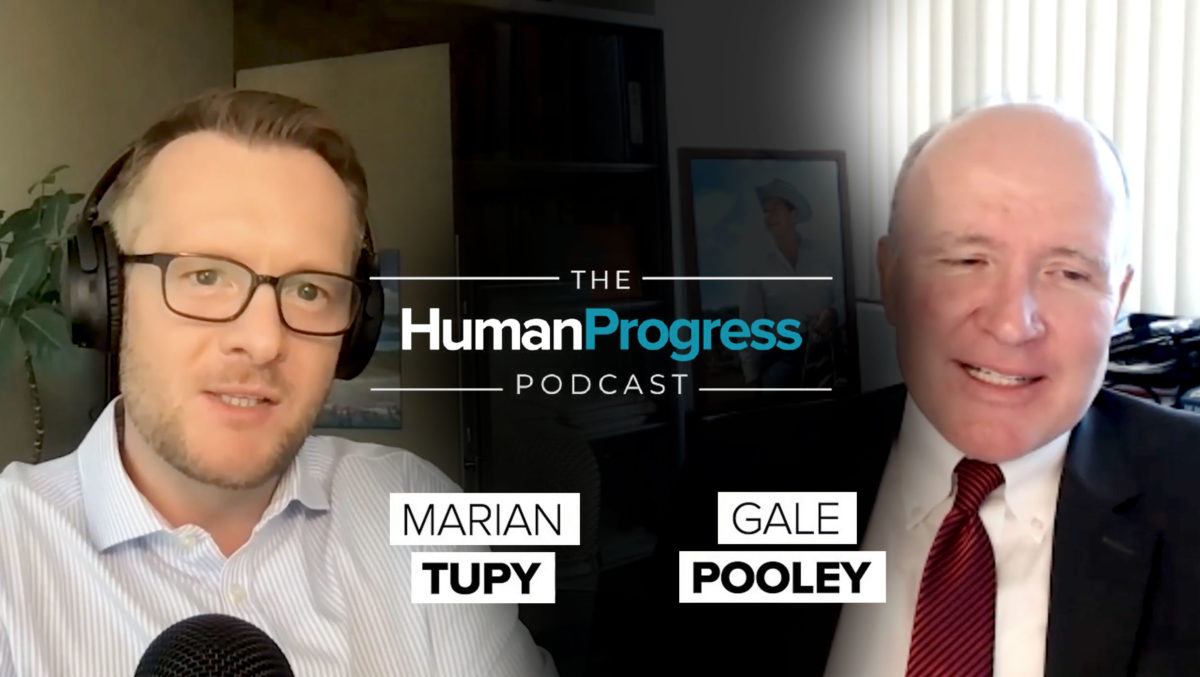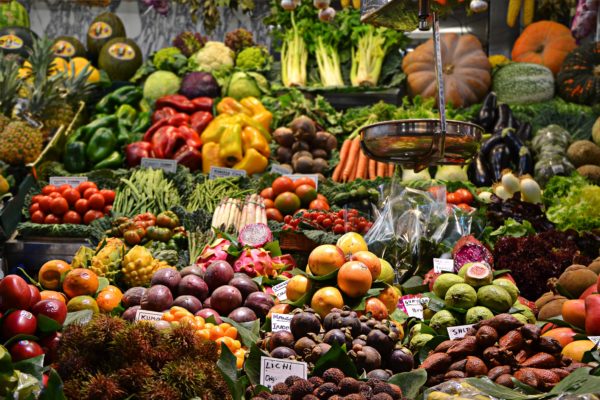
Archives


Population Growth and Resource Abundance
Contrary to popular belief, personal resource abundance has increased four times faster than population growth in the last 40 years.
Breakfast Bounty

Bacon Innovation

Are We Running Out? No

Space Rides in 2041: $4.53

Bicycles on Sale: 95.4% Off

Light Has Burst Forth in Astonishing Abundance

Life Has Gotten Sweeter – Literally!

U.S. Housing Became Much More Affordable Over The Last 40 Years

Gale Pooley Discusses The Simon Abundance Index on The Human Progress Podcast

Revisiting the Simon-Ehrlich Wager 40 Years On
